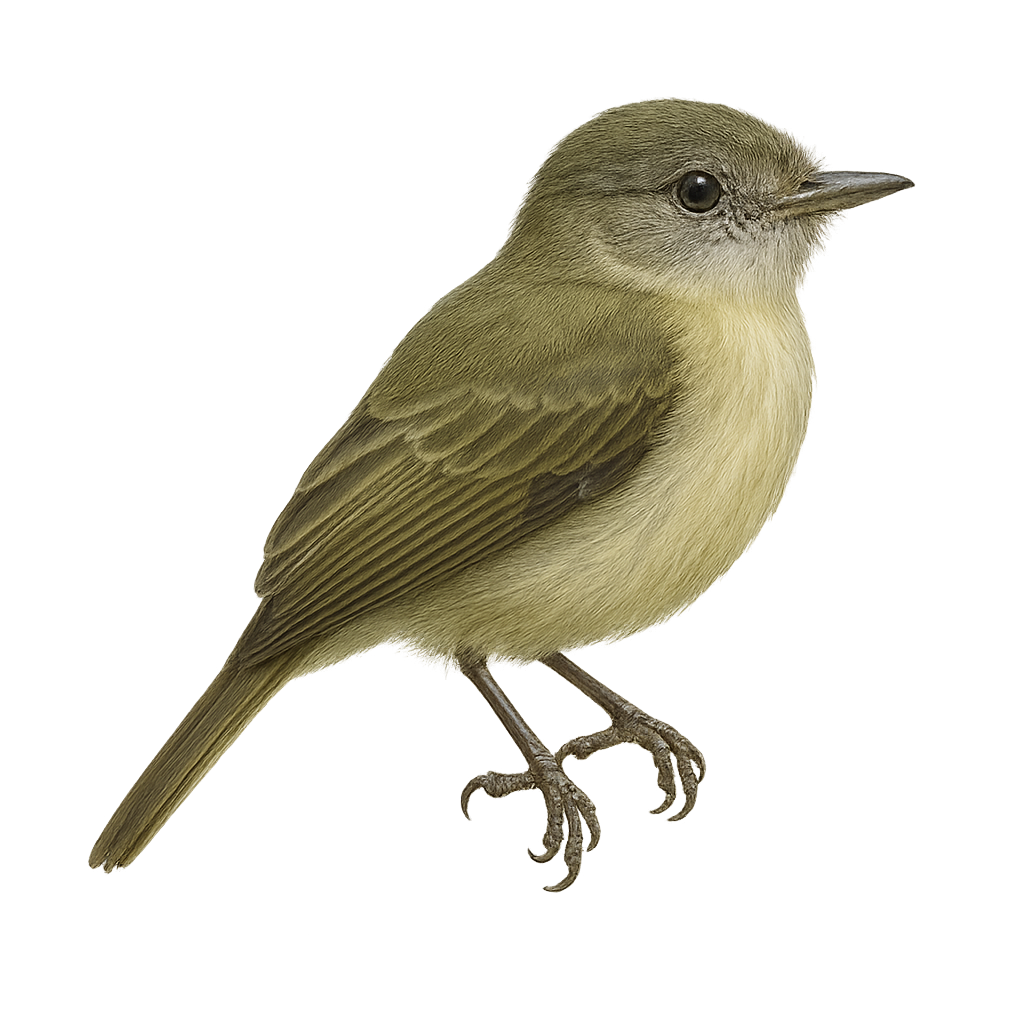Your wildlife photography guide.
Explore the chapman's bristle tyrant in detail, study its behavior, prepare your shots.
Where to observe and photograph the chapman's bristle tyrant in the wild
Learn where and when to spot the chapman's bristle tyrant in the wild, how to identify the species based on distinctive features, and what natural environments it inhabits. The WildlifePhotographer app offers tailored photography tips that reflect the chapman's bristle tyrant’s behavior, helping you capture better wildlife images. Explore the full species profile for key information including description, habitat, active periods, and approach techniques.
Chapman's Bristle Tyrant
Scientific name: Pogonotriccus chapmani

IUCN Status: Least Concern
Family: TYRANNIDAE
Group: Birds
Sensitivity to human approach: Suspicious
Minimum approach distance: 10 m
Courtship display: October to November
Incubation: 15-17 jours
Hatchings: October to December
Habitat:
Humid forests, montane forests, dense wooded areas
Activity period :
Primarily active during the day, with peak activity in the morning and late afternoon.
Identification and description:
The Pogonotriccus chapmani, or Chapman's Bristle Tyrant, is a small passerine bird belonging to the Tyrannidae family. It is primarily found in humid montane forests, often at altitudes between 1200 and 2500 meters. This bird is characterized by its olive-green plumage, slightly darker wings, and pale yellow belly. It is often seen in small groups or pairs, feeding on insects caught in flight or on leaves. Although discreet, its melodious and repetitive song can be heard through the canopy. Chapman's Bristle Tyrant is a wary bird, preferring dense areas where it can easily hide. Its conservation status is not concerning, but deforestation could threaten its habitat in the long term.
Recommended lens:
400 mm – adjust based on distance, desired framing (portrait or habitat), and approach conditions.
Photography tips:
To photograph the Chapman's Bristle Tyrant, it is advisable to use a telephoto lens of at least 400mm to capture detailed images without disturbing the bird. Look for areas where the bird is active, usually in humid montane forests. Be patient and discreet, as this bird is wary and prefers dense areas. Take advantage of the natural morning light to get well-lit shots and listen for its distinctive song to locate its position.
The WildlifePhotographer App is coming soon!
Be the first to explore the best nature spots, track rutting seasons, log your observations, and observe more wildlife.
Already 1 430 wildlife lovers subscribed worldwide

